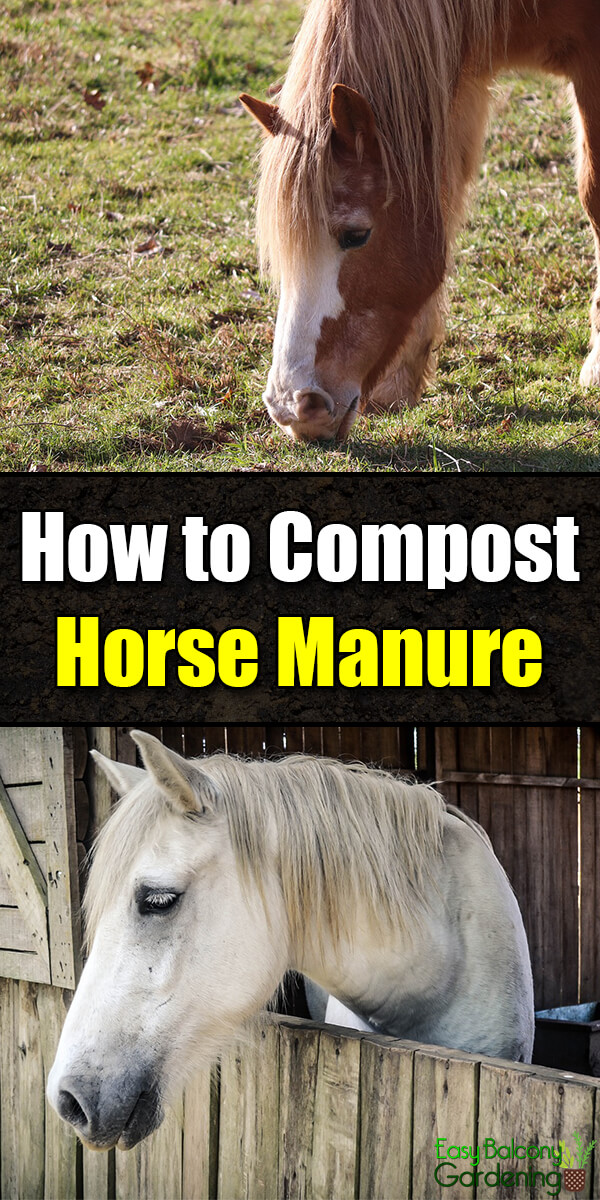If you own a horse, you have horse manure. Add the weight of the horse, say a thousand pounds, to the bedding material, and you will probably get about 750 cubic feet of horse manure and composting material each year. Learn to compost the horse manure, and it will do wonders for your garden and flowerbeds, not to mention the help you can give to your environment. If anything, you can at least donate or sell horse manure to the landscapers, farmers, and gardeners in your area.
What You Will Need to Compost
For ease, you will need a tractor, a front-end loader, and a manure spreader when composting horse manure. If you do not have those and you only have a few horses, you may want to use the composting bin method. You will need three composting bins:
- One for the fresh manure you regularly collect;
- A second one for the composting manure; and
- A third for the completely composted manure.
Allow space between boards and do not overfill to ensure aeration. Turn over the horse manure regularly, for proper composting.
Bedding
- Common horse manure bedding materials are sawdust, wood chips, and straw
- You can also use peat moss, tattered newspapers, cornhusks, etc.
- Remove the horse manure and beddings regularly to avoid pesky flies and other pests and the diseases they can transmit.
Carbon:Nitrogen (C:N) Ratio
- For proper composting of horse manure, your C:N ratio should be somewhere between 25:1 and 30:1
- Your raw horse manure has approximately 50:1 ratio, plus whatever C:N your bedding material has
- Add about 30 lbs. of grass clippings or hay to bring the C:N ratio at an optimum range
- If you prefer, you can also use about 90 lbs of ammonium nitrate.
Pile Temperature
- Aside from the C:N ratio, your composting process will require the right temperature. It should be somewhere between 120°F and 160°F.
- If your nitrogen is lacking, the temperature will be cooler and composting will not be complete
- Completely composted horse manure will cool down on its own.
Moisture and Oxygen
- Your horse manure and bedding material should be moist, but not soggy
- If necessary, you can use plastic tarp over it to retain the moisture
- Turn over the horse manure regularly for aeration.
When Properly Composted
- Your compost, if properly done, should shrink to about 60% less weight and volume than the raw horse manure
- Correct temperature during composting will also kill larvae, pathogens, fly eggs, and weeds
- Horse manure is a very good soil conditioner, when properly composted.
Owner’s Responsibility
- To distribute horse manure in your pasture, especially if it is small, move your horse around. Remember to provide the necessary number of watering amenities to encourage your horse to move.
- Stay away from grazing during rainy weather to avoid soil compaction. Do all you can to prevent any potential horse manure run off. If necessary, construct a berm around the pile area, and place that pile at least 150 feet away from any surface water, ponds, etc.
- Provide fencing or other means so that there will be no horse manure deposits in streams.








